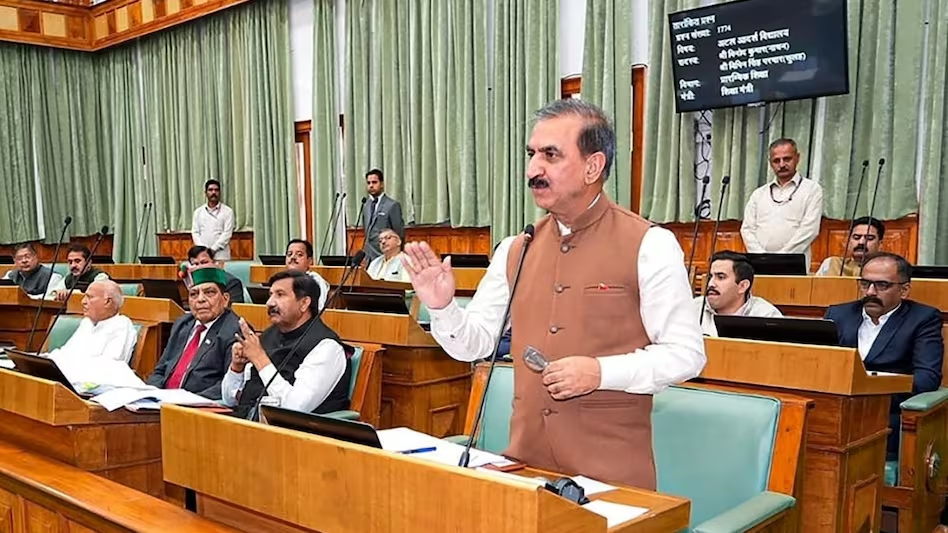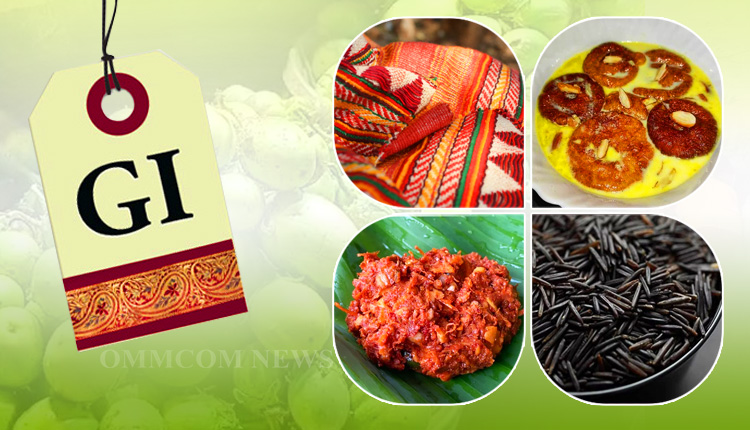- Courses
- GS Full Course 1 Year
- GS Full Course 2 Year
- GS Full Course 3 Year
- GS Full Course Till Selection
- Answer Alpha: Mains 2025 Mentorship
- MEP (Mains Enrichment Programme) Data, Facts
- Essay Target – 150+ Marks
- Online Program
- GS Recorded Course
- Polity
- Geography
- Economy
- Ancient, Medieval and Art & Culture AMAC
- Modern India, Post Independence & World History
- Environment
- Governance
- Science & Technology
- International Relations and Internal Security
- Disaster Management
- Ethics
- NCERT Current Affairs
- Indian Society and Social Issue
- NCERT- Science and Technology
- NCERT - Geography
- NCERT - Ancient History
- NCERT- World History
- NCERT Modern History
- CSAT
- 5 LAYERED ARJUNA Mentorship
- Public Administration Optional
- ABOUT US
- OUR TOPPERS
- TEST SERIES
- FREE STUDY MATERIAL
- VIDEOS
- CONTACT US
Global Hunger Index 2024
Global Hunger Index 2024
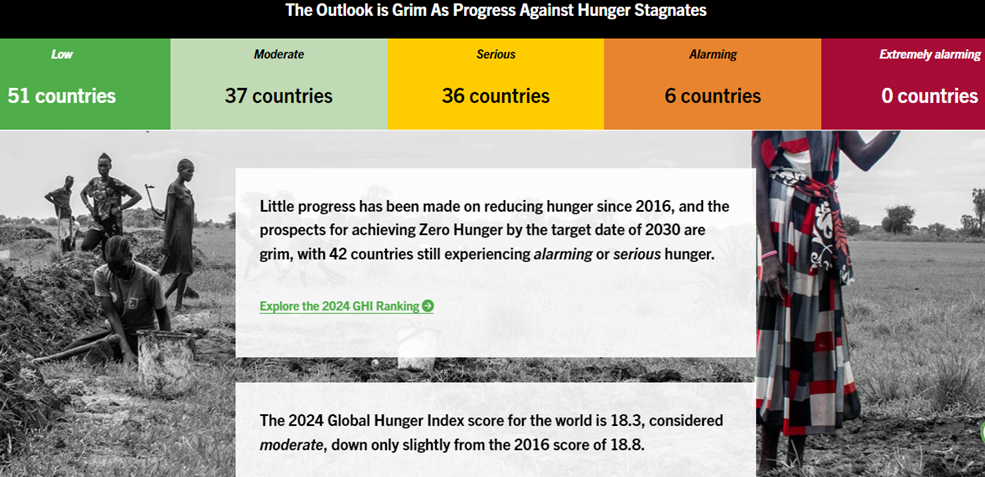
- In the 2024 Global Hunger Index, India ranks 105th out of the 127 countries With a score of 27.3 in the 2024 Global Hunger Index, India has a level of hunger that is serious.
- The Global Hunger Index (GHI) 2024 tracks hunger levels worldwide and is published by Concern Worldwide, an Irish humanitarian organisation, and Welthungerhilfe, a German aid agency.
- Despite some positive developments, global hunger remains at a moderate level, largely unchanged since 2016.
- The Global Hunger Index (GHI) 2024 emphasizes food as a fundamental human right, ranking it third after air and water.
- Despite the world's farmers producing enough food to feed the global population, hunger remains pervasive, with the current food crisis being the largest in modern history.
Current Food Crisis:
Statistics:
- 350 million people are experiencing extreme hunger conditions.
- 49 million individuals are on the brink of famine.
- Over 820 million people suffer from chronic undernourishment.
- 60% of those affected by malnutrition-related causes are women.
- Approximately 5 million children under five die daily due to malnutrition.
Contributing Factors:
- The COVID-19 pandemic, geopolitical conflicts, economic downturns, and the climate crisis have led to rising food and fuel prices, increasing inequality and hunger.
- The number of people facing food crises has increased by 122 million from 2019 to 2023.
Progress in Certain Regions
Some countries have shown improvement in their GHI scores:
- Bangladesh
- Mozambique
- Nepal
- Somalia
- Togo
Despite progress, hunger remains a significant issue in these nations.
What Is Meant by “Hunger”?
- Hunger refers to the distress caused by a lack of sufficient calories.
- The Food and Agriculture Organization (FAO) defines undernourishment as the habitual consumption of too few calories necessary for a healthy and productive life.
GHI Methodology: Indicators Used:
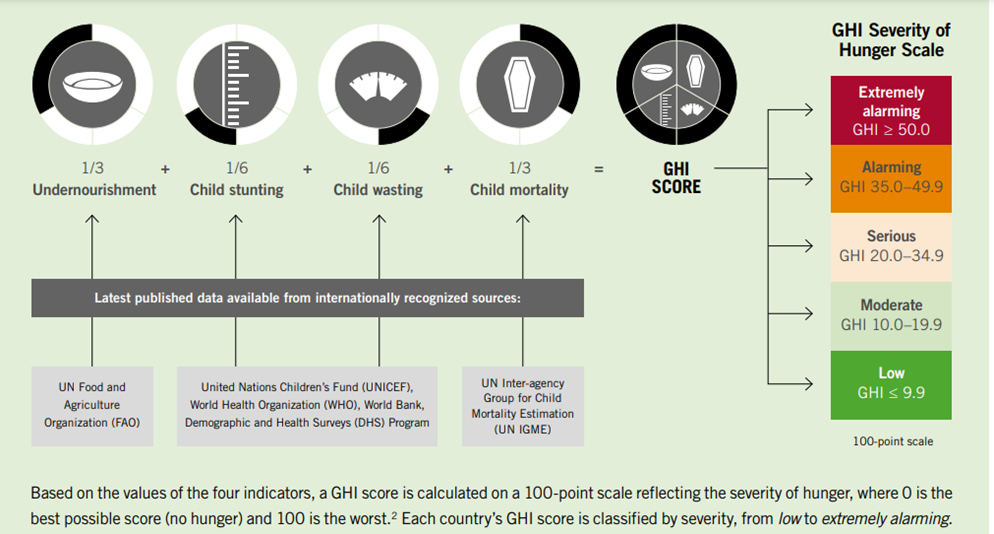
- Undernourishment (Insufficient caloric intake)
- Child stunting (Children with low height under age 5)
- Child wasting (Children with low weight for their height under age 5)
- Child mortality (Children who die before their 5th birthday)
Data Sources: The GHI utilizes data from various UN agencies and is updated with the latest available statistics for accurate hunger level reflection.
Key Issues of GHI:
- Methodology: 3 out of 4 indicators used for calculation of the index are related to the health of children and cannot be representative of the entire population.
- Faulty Indicator: Studies challenge the use of stunting as an indicator of undernutrition, showing it occurs in well-nourished populations as well.
- Outdated Data Set: Such as National Family Health Surveys data which lacks annual updates for key indicators.
Global Hunger Index Insights:
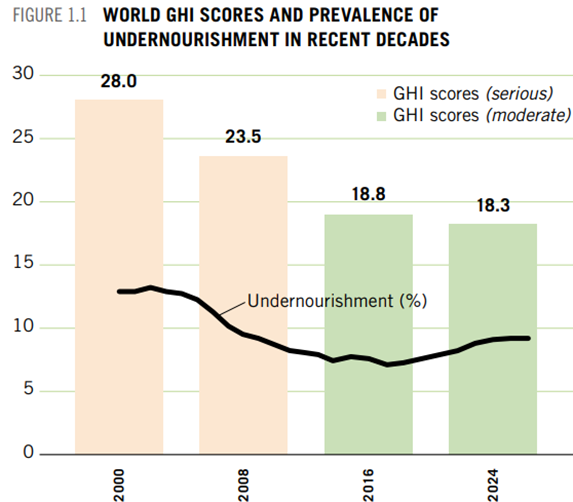
Global GHI Score: The world’s GHI score is 18.3, a slight decrease from 18.8 in 2016, categorized as moderate hunger.
Countries in Crisis:
- 22 countries have witnessed an increase in hunger since 2016.
- 20 countries have seen progress stall.
- Five countries—Fiji, Jordan, Libya, Syria, and Venezuela—have experienced worsening hunger conditions compared to 2000.
Top 10 Hungriest Countries in the World in 2024:
|
Rank |
Country Name |
GHI 2024 |
GHI 2000 |
|
127 |
Somalia |
44.1 |
63.3 |
|
126 |
Yemen |
41.2 |
41.6 |
|
125 |
Chad |
36.4 |
50.5 |
|
124 |
Madagascar |
36.3 |
42.3 |
|
123 |
Democratic Republic of the Congo |
34.9 |
47.2 |
|
122 |
Haiti |
34.3 |
39.8 |
|
121 |
Niger |
34.1 |
53.1 |
|
120 |
Liberia |
31.9 |
48.0 |
|
119 |
Central African Republic |
31.5 |
48.0 |
|
118 |
Korea (DPR) |
31.4 |
43.7 |
GLOBAL HUNGER INDEX 2024: INDIA & IT'S NEIGHBOURS
- In the 2024 Global Hunger Index, India ranks 105th out of the 127 countries with sufficient data to calculate 2024 GHI scores. With a score of 27.3 in the 2024 Global Hunger Index, India has a level of hunger that is serious.
|
Country |
2024 Rank |
GHI Score 2024 |
2023 Rank |
Hunger Category |
|
India |
105th |
27.3 |
111th |
Serious |
|
Bangladesh |
84th |
19.4 |
81st |
Moderate |
|
Nepal |
68th |
14.7 |
69th |
Moderate |
|
Sri Lanka |
56th |
11.3 |
60th |
Moderate |
|
Pakistan |
109th |
27.9 |
102nd |
serious |
- India’s GHI score has fallen since 2000, however, child wasting and stunting remain very high.
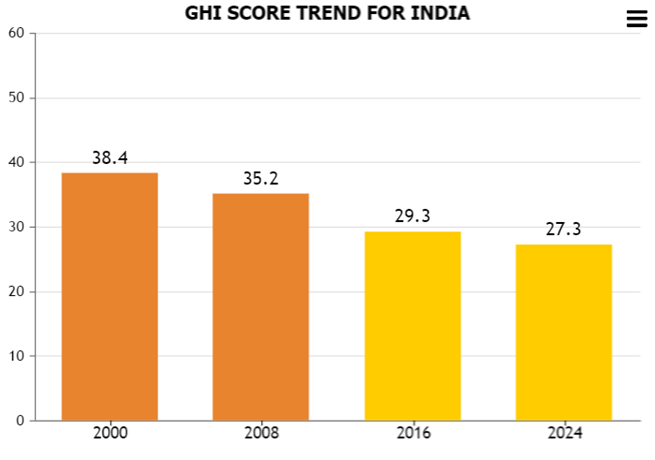
- The GHI raises concerns, with recent data indicating that 3.2% of the Indian population does not meet minimum meal requirements.
Undernourishment Statistics:
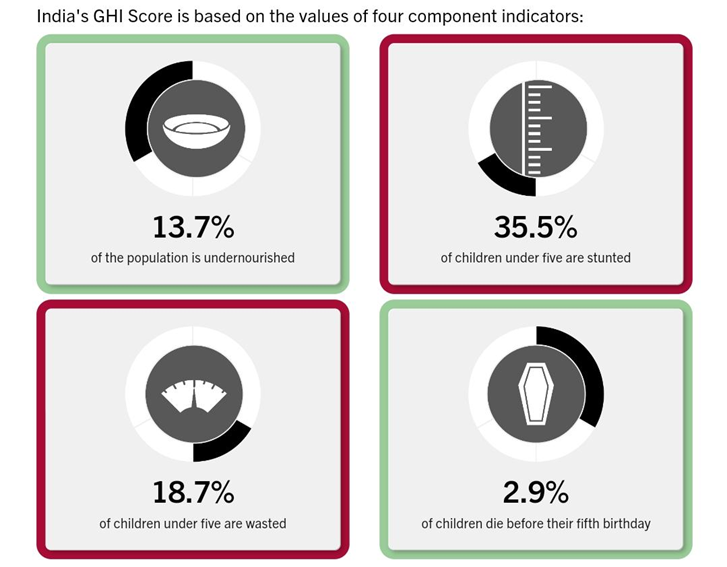
Integrating Food Access, Agricultural Sustainability, and the Right to Food: A Path Forward for India
As we observe World Food Day on October 16, 2024, It is crucial to explore the interconnectedness of food access, sustainable agricultural practices, and the fundamental right to food.
- World Food Day 2024 Theme: “Right to Foods for a Better Life and a Better Future,”
The Foundation of Food Security:
- Food security is defined as the condition in which all individuals have physical, social, and economic access to sufficient, safe, and nutritious food.
- According to the FAO, approximately 733 million people globally face hunger, necessitating urgent action.
India’s Journey to Food Security:
India has transformed from a food-deficient to a food-surplus nation over the last 60 years. Key drivers include:
- Green Revolution: Enhanced food production through high-yielding varieties and modern agricultural techniques.
- Institutional Support: Contributions from organizations like the Indian Council of Agricultural Research (ICAR) improved agricultural practices and productivity.
- National Food Security Act (NFSA): Enacted in 2013, it ensures food entitlements for over 800 million citizens.
Recent Initiatives
- Fortified Rice Distribution: Approved for 2024-2028 to improve nutrition security.
- Food Safety Systems: Strong national policies coupled with local initiatives enhance food availability and prevent hunger.
Challenges in the Agricultural Sector
Despite significant progress, India’s agriculture faces numerous challenges:
- Smallholder Farmers: Approximately 82% of 93.09 million agrarian households are small and marginal farmers, impacting productivity and livelihoods.
- Natural Resource Degradation: Over-reliance on groundwater and chemical fertilizers depletes soil health and productivity.
- Fragmented Landholdings: Limits the adoption of modern techniques and technologies, reducing overall productivity.
- Market Access Issues: Infrastructure gaps and supply chain inefficiencies hinder smallholder farmers from reaching markets effectively.
- Rural Poverty and Inequality: Access to financial services, technology, and modern irrigation is crucial for enhancing productivity and livelihoods.
- Climate Change Risks: Erratic weather patterns threaten agricultural stability, necessitating sustainable practices like water conservation.
Rethinking Agricultural Indicators for Sustainability
- India’s agricultural policies have historically focused on yield as the primary success metric, measured in kilograms per hectare.
- While this focus addressed immediate food shortages, it has led to unintended consequences.
- High-yielding varieties (HYVs) have led to lower micronutrient densities. Studies by the Indian Council for Agricultural Research (ICAR) indicate significant drops in key nutrients:
- Zinc: 33% reduction in rice, 30% in wheat.
- Iron: 27% reduction in rice, 19% in wheat.
- A 3rd of Indian children under 5 are stunted, and two-thirds are anemic, reflecting a critical need for improved nutritional output.
- To create a more sustainable agrifood system, India must adopt broader agricultural indicators.
- For instance, the loss of over 104,000 rice varieties since the Green Revolution threatens resilience, particularly with climate change's impacts.
- New metrics should include nutritional output per hectare and measures of soil health and biodiversity.
Addressing the Right to Food Through Equity and Affordability
- Access to nutritious food is a fundamental human right, yet millions in India struggle to afford a balanced diet.
- A 2011 study revealed that 63.3% of the rural population could not afford the cost of a required diet (CoRD) even if they spent all their income on food.
- This situation underscores the need for not only increased production but also enhanced purchasing power.
- The cost of a healthy diet averages $3.96 per person per day globally, while in Asia, it is about $4.20.
Initiatives by the Government of India to Address Hunger
1. Mid-Day Meal Programme or PM POSHAN:
- Objective: Enhance enrolment, retention, and attendance in schools while improving nutritional levels.
- Target Group: Children in Government, Local Body, and Government-aided primary and upper primary schools across India.
2. National Food Security Act, 2013
- Coverage:
- Up to 75% of rural population.
- Up to 50% of urban population.
- Approximately two-thirds of the total population receives subsidized food grains under the Targeted Public Distribution System (TPDS).
- Focus: Special emphasis on nutritional support for women and children.
3. Poshan Tracker
- Developed By: Ministry of Women and Child Development.
- Purpose: Governance tool to monitor child nutrition.
- Features:
- Incorporates WHO expanded tables for dynamic assessment of stunting, wasting, underweight, and obesity based on height, weight, gender, and age.
4. Pradhan Mantri Garib Kalyan Anna Yojana (PMGKAY)
- Launch Purpose: Mitigate hardships faced by the poor due to economic disruptions from COVID-19.
- Food Grain Allocation:
- Provides free food grains in addition to normal allocations under the National Food Security Act (NFSA), 2013.
5. Saksham Anganwadi and Mission Poshan 2.0
- Key Schemes:
- POSHAN Abhiyaan
- Anganwadi Services
- Scheme for Adolescent Girls
- Target Beneficiaries:
- Children (0-6 years)
- Pregnant women
- Lactating mothers
- Nutrition Provision:
- Hot Cooked Meals at Anganwadi Centres.
- Take Home Ration (not raw ration).
These initiatives collectively aim to combat hunger and malnutrition in India, particularly focusing on vulnerable populations such as children and women.


